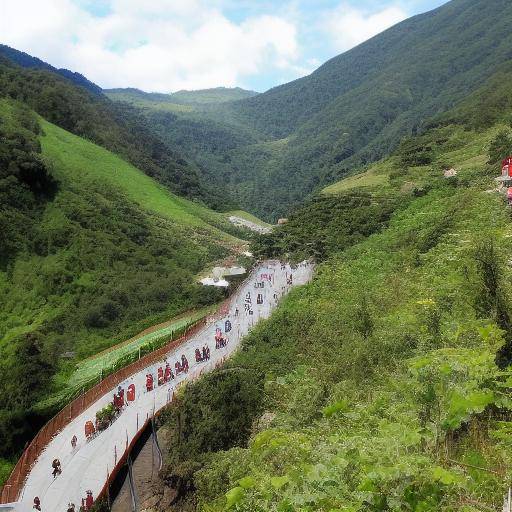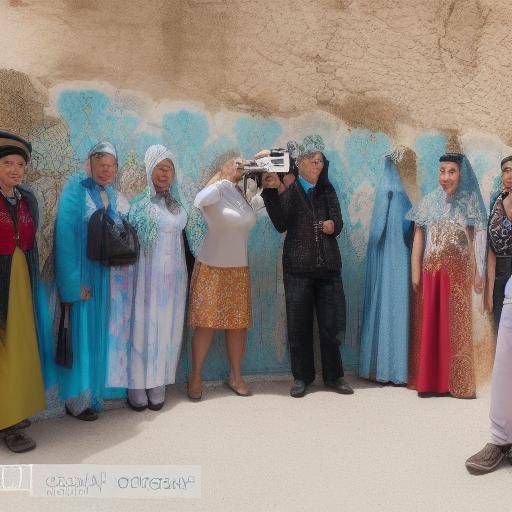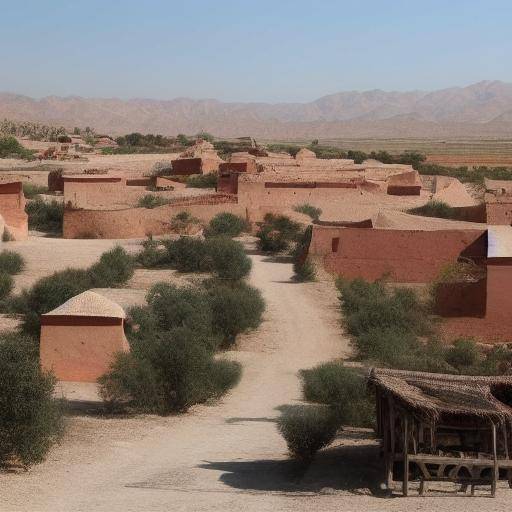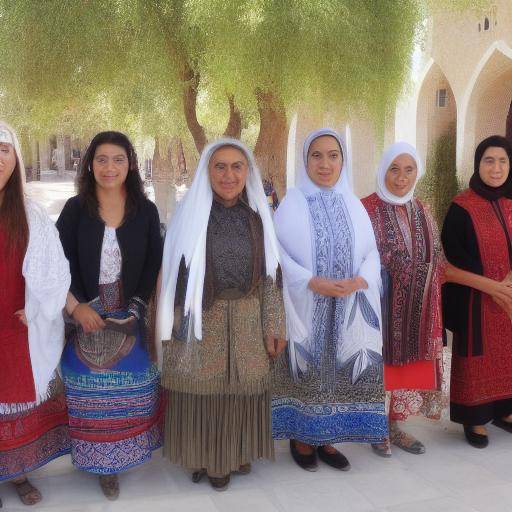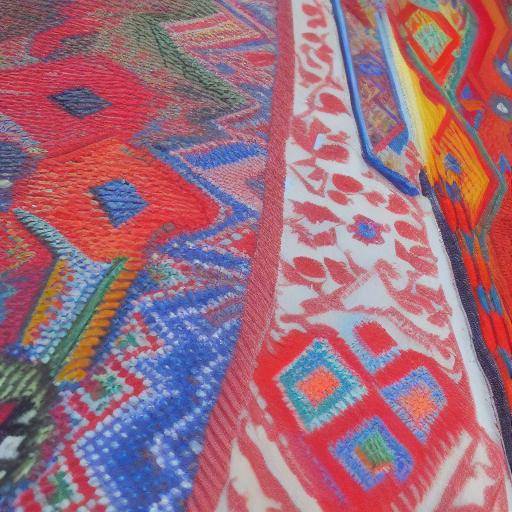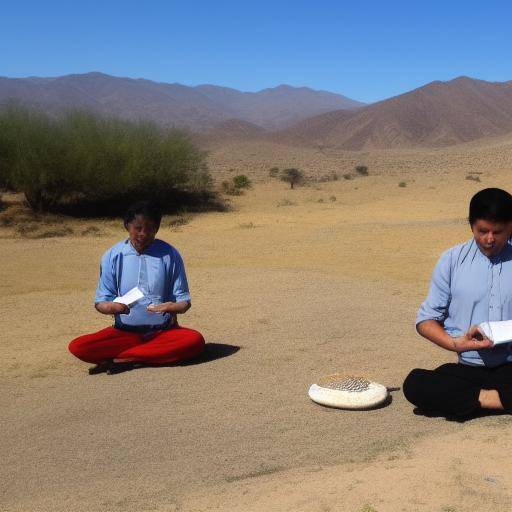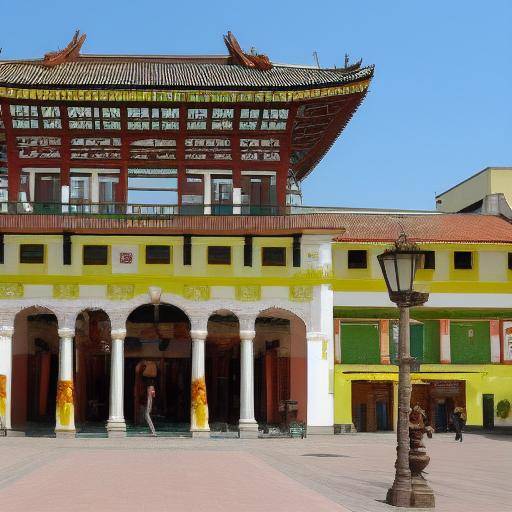
The Silk Road is one of the most fascinating and significant historical phenomena that has connected cultures, established trade routes and forged links between nations. In this article, we explore in depth the history of the Silk Road, its link with Central Asia, the ancient trade and unravel the mysteries surrounding it. Throughout this journey, you will discover historical revelations, deep analysis and future trends that will provide a complete understanding of this world heritage.
Introduction
Imagine traveling a vast path, from ancient China to the lands of Anatolia, passing through the oasis of Central Asia, all of it permeated with the wealth of the most precious cultures and goods. It is that route that takes us through centuries of history, commercial connections and cultural encounters on a journey known as the Silk Road. This network of trade routes that united the East and the West became a true global exchange artery, whose influence transcends its own time.
In this article, you will enter the history of the Silk Road, its marked links with Central Asia and ancient trade, revealing its importance and the traces it left in the cultures and trades that prevail until today.
History and Background
The history of the Silk Road dates back to over 2,000 years, when trade in silk, spices, jewels, and other luxury goods began to flow from China, crossing Central Asia and arriving in Europe. This commercial path not only mobilized material goods, but also ideas, religions and knowledge. Cultural exchange was as significant as trade and marked a before and after in history.
In the year 130 BC, Zhang Qian, an emissary sent by the Chinese emperor, explored the lands of Central Asia and established the route that would later be known as the Silk Road. This exploration facilitated the expansion of Chinese trade to the west, creating bridges between cultures that initially had no contact.
One of the most important milestones of the Silk Road was the establishment of the Han Dynasty in China, which actively embraced trade with Central Asia and the West. The route also favored the spread of Buddhism from India to China and beyond, leaving an indelible mark on the spiritual beliefs and practices of societies throughout their journey.
Analysis in Deep
Despite its historic importance, the Silk Road also faced significant challenges, from military conflicts to the risk of theft of goods. However, the perseverance and ingenuity of the merchants and caravans who undertook this tour led to the development of infrastructures that facilitated trade and cultural exchanges.
Benefits and Challenges
Trade along the Silk Road provided significant economic benefits, facilitating mutual enrichment between the East and the West. However, it also raised challenges such as ensuring safe routes, establishing efficient communication systems and building confidence among participants.
Cultural exchange along the Silk Road not only led to the diffusion of knowledge and technology, but also contributed to the creation of cultural synergies that enriched different civilizations.
Comparative analysis
The Silk Road, Central Asia and ancient trade are intrinsically intertwined, essential for the integral understanding of this exchange network. The diversity of cultures, languages and products along these routes is a living testimony to the importance of this historical legacy.
Details
Applications and Best Practices
Trade principles along the Silk Road can offer valuable lessons today. Confidence, adaptability and openness to exchange can be applied to global trade relations today. The importance of infrastructure, diplomacy and innovation is also evident in observing how the Silk Road prospered over the centuries.
Industry Insight and Expert Reviews
According to experts on the subject, the Silk Road not only influenced trade and culture, but laid the groundwork for international relations currently seen. Its impact on the development of geo-economy and trade strategies continues to be studied and applied in international scenarios.
Conclusions and Future Projections
Throughout the millennia, the Silk Road has been testimony to man's ability to connect, trade and build bridges across geographical and cultural borders. Looking forward, it is important to recognize how this historic legacy can provide valuable lessons, unite communities and foster peace and understanding in an interconnected world.
While new commercial and technological routes redefine the global landscape, the influence of the Silk Road remains relevant. The cultural and commercial exchange that characterized this historic route continues to exert a lasting influence on our modern societies, acting as a reminder of the importance of global cooperation and mutual understanding.
Frequently asked questions (FAQs)
What was the most significant impact of the Silk Road on cultures?
The Silk Road had a significant impact on the diffusion of cultures, religions, languages and technologies along its path. It facilitated the exchange between East and West, creating a breeding ground for diversity and cultural exchange.
How did the Silk Road influence trade and economy?
The Silk Road played a crucial role in economic and commercial development among connected civilizations. Demand for exotic products such as silk, spices and precious stones encouraged long-distance trade and stimulated economic growth.
What were the greatest challenges faced along the Silk Road?
The Silk Road faced challenges such as military conflicts, banditry, extreme weather conditions and the need for safe routes. However, these challenges also led to the development of security and logistics systems that influenced future trade routes.
What legacy left the Silk Road today?
The legacy of the Silk Road endures through cultural influence, the diffusion of ideas and technologies, and the forging of bonds between nations. His legacy serves as a reminder of the importance of exchange and collaboration in a globalized world.
How did the Silk Road lay the foundation for future international relations?
The Silk Road laid the foundation for future international relations by fostering dialogue, mutual understanding and the exchange of goods and knowledge among various civilizations. His legacy remains relevant in current international relations.
What are the lessons we can learn from the Silk Road in the modern era?
The Silk Road offers lessons on the importance of cooperation, adaptability and openness to exchange in an interconnected world. It also highlights the relevance of infrastructure, diplomacy and innovation in global trade relations.
Conclusion
The Silk Road has been much more than a mere trade path; it has served as a bridge between civilizations and cultures, fostering collaboration and promoting mutual understanding. His legacy endures, reminding us of the importance of global connection, cultural diversity and openness to exchange. By understanding its history and its influences, we can enrich our vision of the current world, learn valuable lessons and aspire to a future of harmonious global collaboration.
The journey through the Silk Road, Central Asia and ancient trade has led us through historical meanders, cultural repercussions and fundamental lessons that continue to generate their impact. As we reflect on this millennial legacy, we strive to incorporate your teachings into our modern lives, seeking to solidify the links between cultures and societies in an increasingly interconnected world.
By exploring the Silk Road, we embark on a journey filled with inspiring stories, outstanding achievements and a symbol of human interconnection. The lessons we draw from this historic journey are crucial to forging a future in which collaboration, understanding and diversity remain the pillars of our global society.
With this in mind, we invite you to continue your immersion in the legacy of the Silk Road, exploring its trade routes, discovering its cultural influences and considering its impact on the current world. The journey just begins, and the Silk Road expects to be discovered and appreciated in all its magnitude!
References
- "The Silk Road, a Bridge Between East and West" - UNESCO
- "History of the Silk Road" - National Geographic
- "Trade on the Silk Road" - Khan Academy

